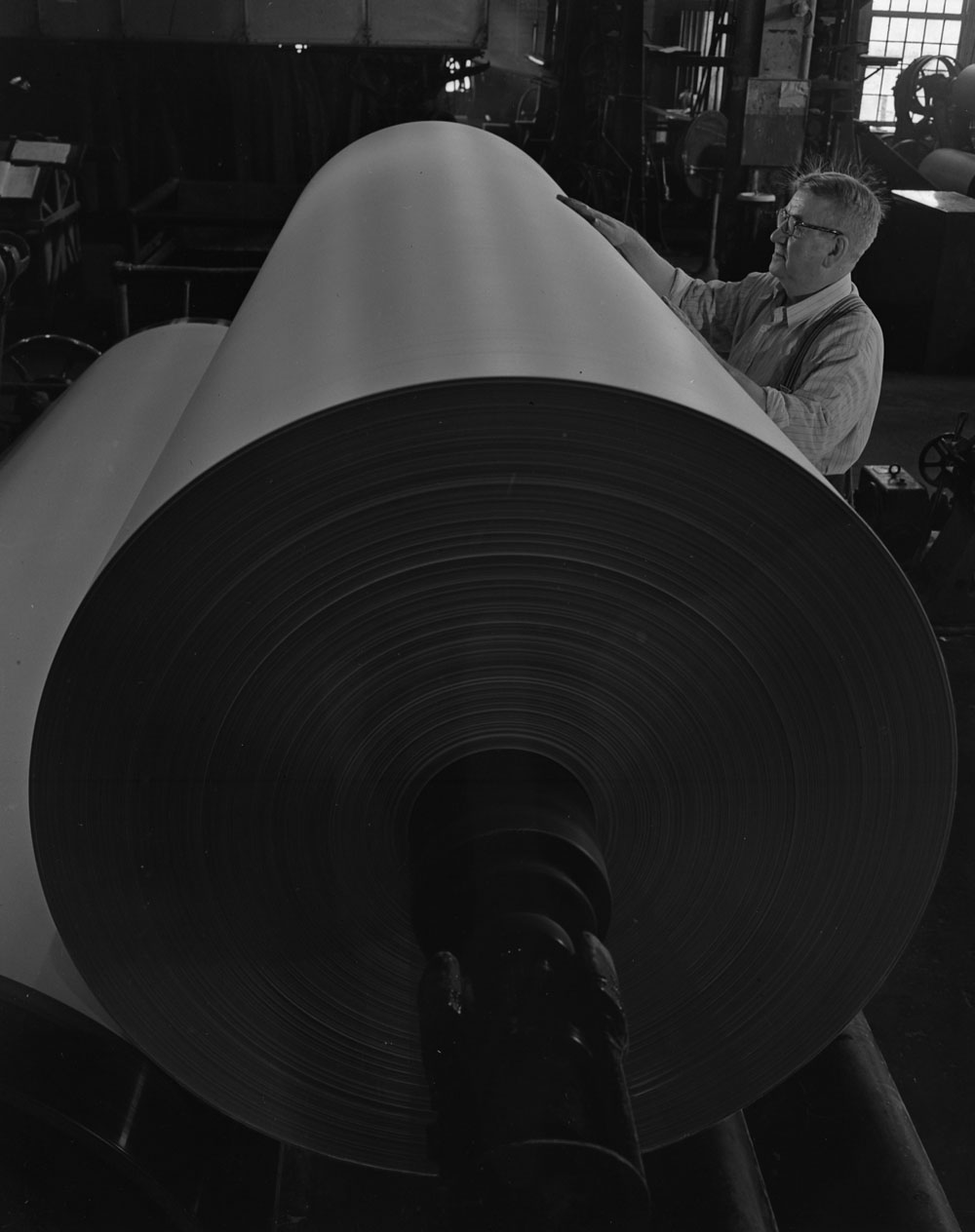Forest Survey
Foresters use forest surveys to obtain information on the condition of the FOREST and monitor any changes, since there are not only surveys of standing trees, but also surveys after logging as well as forestry surveys aimed at prescribing treatments. In addition, surveys identify the various TREE species, establish their age, height and growth rate, and quantify the volumes of wood that are available for harvest. Surveys also provide information on topics such as surface deposits, through the analysis of the topsoil layer's composition; disturbances, like windfallen wood, DISEASES and INSECT PESTS; and slope classifications.
A survey begins with aerial photography. In order to cover Canada's vast forested areas, more than one million photographs to a scale of 1:15,000 are needed. The photographs are taken from an aircraft using a high-precision camera. Photo-interpreters then use special devices such as stereoscopes to examine the photographs individually. They identify areas that are fairly standard in terms of species composition, tree density and tree height. These areas or groupings are known as forest stands. Each stand is assigned an identification code.
The contours from the aerial photographs are then drawn to a cartographical scale of 1:20,000 using a special software application. The resulting images are used to produce digital maps known as ecoforest maps. Because of the limited space available on the maps, the data are presented in code form.
On-site sampling is required to verify the accuracy of the photo-interpretation data. Foresters visit and examine more than one million specific sites scattered throughout the forest. The sites are known are sample plots. A plot corresponds to the territory included in a circle that has a radius of 11,28 m. In this space of 400 m2, trees are identified, counted, rated for quality, measured and their age is also established. The forester notes the features of the area, including its slope, altitude, drainage and soil type, and takes a soil sample for analysis.
In Québec, for instance, 190,000 sample plots are temporary, that is, they are normally used for only one survey program. The other 10,000 plots are permanent and are reassessed every ten years. During the next survey, foresters will again examine these permanent sample plots in order to compare the new data to previous measurements. The results will provide an indicator of stand growth.
Once the survey has been completed, foresters have the information they need to move on to the next step in the forest management process, namely, the preparation of forest management plans. Each plan covers a given area, and indicates where, when and how trees will be harvested in that area. Forest survey data is subjected to STATISTICAL methods and mathematical processing, and the results are used to determine the volume of timber that can be cut on a regular basis, year after year, in the area in question. As a result, the forest's economic assets can be harvested in the short term without harming their future potential.

 Share on Facebook
Share on Facebook Share on X
Share on X Share by Email
Share by Email Share on Google Classroom
Share on Google Classroom

